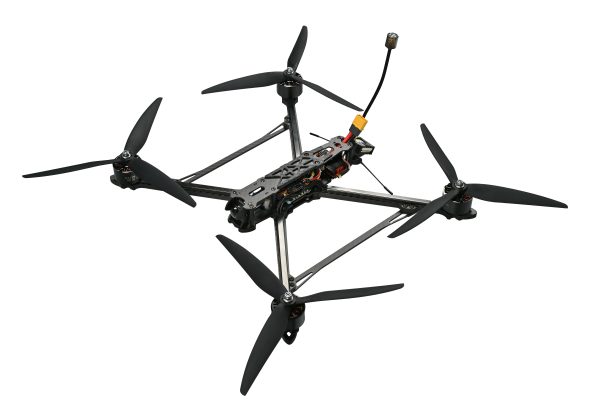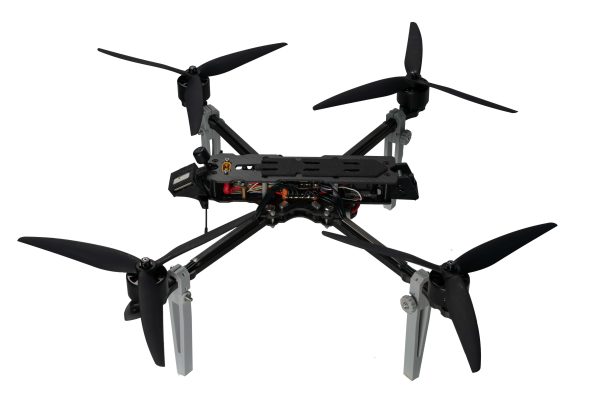Blog
FPV Drone Cinematic Shooting Guide: Settings, Tips & Techniques
Introduction
Cinematic FPV footage is one of the most visually stunning forms of drone videography. It offers unmatched immersion, dynamic motion, and creative storytelling — all from a first-person view. But capturing high-quality video with FPV drones requires more than just flying skill.
In this guide, we’ll break down the essential camera settings, flying techniques, and gear tips to help you start shooting smooth, cinematic FPV videos — even if you’re a beginner.

1. Best FPV Drone Types for Cinematic Video
While racing drones prioritize speed and agility, cinematic FPV drones focus on stability and smooth control.
Recommended types:
-
Cinewhoops (2–3 inch props): Indoor use, slow and controlled
-
5-inch freestyle drones: Most common for dynamic shots
-
Long-range cruisers: Stable and GPS-assisted for scenic landscapes
If you’re just starting out, a Cinewhoop like the GEPRC Naked Hero build or BetaFPV Pavo30 is a great choice.
2. Camera Settings for Smooth FPV Video
Whether you’re using a GoPro, DJI Action, or Insta360, proper camera settings are key.
Recommended settings:
-
Resolution: 2.7K or 4K
-
Frame Rate: 30fps (for cinematic) or 60fps (for slow motion flexibility)
-
Shutter Speed: Double your frame rate (e.g., 1/60 for 30fps)
-
ISO: Keep it low (100–400) to reduce noise
-
Color Profile: Flat or Log for better post-editing
-
Stabilization: Use Gyroflow or in-camera Horizon Lock
Use an ND filter to maintain proper motion blur during daylight.
3. Flight Tips for Cinematic Shots
Great footage comes from smooth piloting, not aggressive flips. Practice these:
-
Smooth stick input: No jerky throttle or yaw
-
Pre-plan your line: Know your route before takeoff
-
Keep altitude steady: Avoid sharp vertical changes
-
Use slow turns and reveals: Build suspense and flow
-
Orbit shots: Circle around your subject slowly
Bonus: Fly in manual (Acro) mode for complete movement control.

4. Editing & Stabilization Tools
Post-production is a huge part of cinematic FPV.
Suggested tools:
-
Gyroflow: Stabilizes footage using gyro data
-
DaVinci Resolve / Premiere Pro: Video editing and color grading
-
LUTs (Look-Up Tables): Use cinematic LUTs to color your flat footage
Don’t skip editing — it’s where raw FPV clips become true cinematic magic.
5. Common Mistakes to Avoid
-
Flying too fast for cinematic shots
-
Using auto settings on the camera (results in exposure flicker)
-
Ignoring ND filters on sunny days
-
Flying in overly windy conditions
-
No subject or composition — cinematic = storytelling!
Conclusion
Cinematic FPV isn’t just about flying — it’s about creating a visual experience. With the right drone, camera settings, and flying discipline, even beginners can shoot professional-quality videos. Practice your lines, fine-tune your settings, and most importantly — enjoy the flight.



